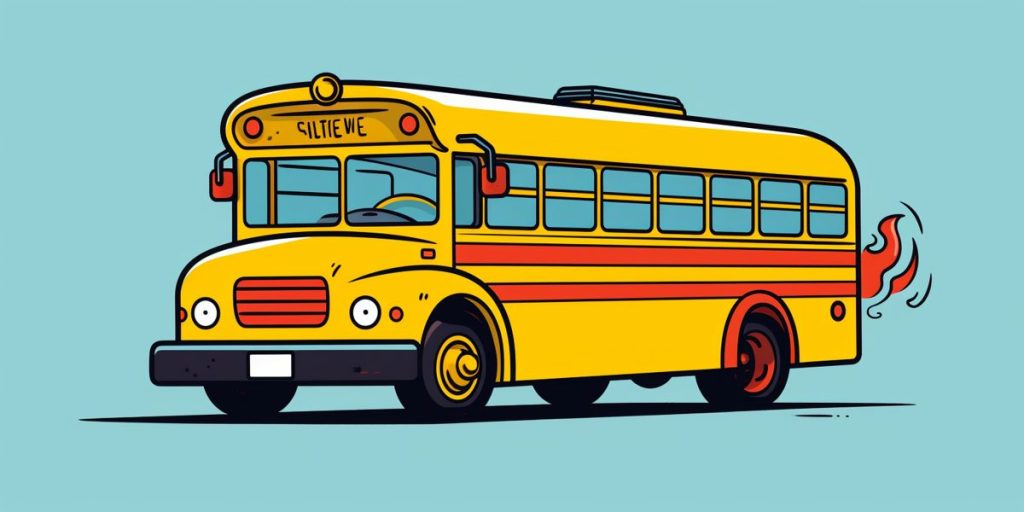School buses have resumed service with new safety measures, including the installation of automatic fire extinguishing systems. This upgrade significantly improves student safety on public transportation, with all 580 buses equipped and back on their routes within a week’s time. While regular bus services have been upgraded, buses used for school trips still need fire extinguishing systems, highlighting the need for comprehensive safety standards across all student transportation services. The community’s commitment to safety and continuous vigilance in addressing safety gaps ensures that the journey to and from school remains safe for every student.
What safety enhancements have been made to school buses to mitigate fire risks?
School buses have resumed service with new safety measures, including the installation of automatic fire extinguishing systems. This upgrade significantly improves student safety on public transportation, with all 580 buses equipped and back on their routes within a week’s time.
Back to Normal: School Buses Resume Service with New Safety Measures
Following a bout of concern and swift action, school transportation has safely resumed. Controversy struck last week when regular services were halted to upgrade safety protocols. The upgrades included the installation of automatic fire extinguishing systems, marking a significant step forward in student safety on public transportation. The president of the Secondary Education Parents’ Associations, Loizos Constantinou, announced that all 580 buses had returned to their routes, fully equipped with the new systems after a remarkably quick turnover.
This initiative not only reflects a commitment to safety but also demonstrates the ability of school districts and transportation services to rapidly address potential dangers. The retrofitting of the entire fleet was a logistical challenge, successfully overcome within merely seven days—a testament to the community’s dedication to its children’s wellbeing.
A Gap in Safety: Trip Buses Await Upgrades
While the standard bus services are back on track, there’s a gap that remains to be addressed. Buses utilized for school trips have not yet been fitted with fire extinguishing systems. These vehicles fall under the school management’s purview, differentiating them from the ministry-regulated fleet. Constantinou has been forthright, noting that inspections are necessary to ensure these buses also meet safety standards. He has called for action to guarantee that no child is left at risk, regardless of the nature of their school-related travel.
In parallel, Kitsa Georgiadou, president of the Private Secondary Schools Parents’ Associations, raised concerns regarding the oversight of safety measures for buses serving private schools. Georgiadou pointed out the absence of inspections for these vehicles and has scheduled to bring this issue to the forefront during an upcoming meeting. Her advocacy highlights the need for comprehensive safety checks across all student transportation services.
Safety for All: A Call for Comprehensive Inspections
The situation has brought to light an important aspect of student transportation that often goes unnoticed: the need for uniform safety standards. Whether students use regular bus lines or vehicles from independent companies, Georgiadou’s stance is clear—safety systems must be reliable and regularly inspected for all.
The commitment from parents and school associations to ensuring the safety of all students is a reassuring reminder that the community can come together for a common cause. It is evident that there is a collective understanding of the importance of maintaining high safety standards, not just in response to potential threats but as an ongoing responsibility.
Continuous Vigilance: The Path Ahead for Transport Safety
As the dialogue continues, and the community awaits the outcome of the Wednesday meeting, there is a sense of cautious optimism. The swift installation of fire extinguishing systems on the regular fleet has set a precedent for proactive measures in safeguarding student welfare.
Moving forward, there is an expectation that the same efficiency and concern will be applied to addressing the remaining safety gaps. It’s a call to action for continuous vigilance and improvement, ensuring that the journey to and from school remains a safe passage for every student.
1. What safety enhancements have been made to school buses to mitigate fire risks?
School buses have been equipped with automatic fire extinguishing systems, which significantly improves student safety on public transportation.
2. Are all school buses now equipped with automatic fire extinguishing systems?
Yes, all 580 buses have been retrofitted with the new safety measures and are back on their routes.
3. Are buses used for school trips also equipped with fire extinguishing systems?
No, buses used for school trips have not yet been fitted with fire extinguishing systems. Inspections are needed to ensure these buses meet safety standards.
4. Are safety measures in place for buses serving private schools?
There have been concerns raised about the oversight of safety measures for buses serving private schools. It has been highlighted that inspections for these vehicles are currently absent, and there is a call for comprehensive safety checks across all student transportation services.

